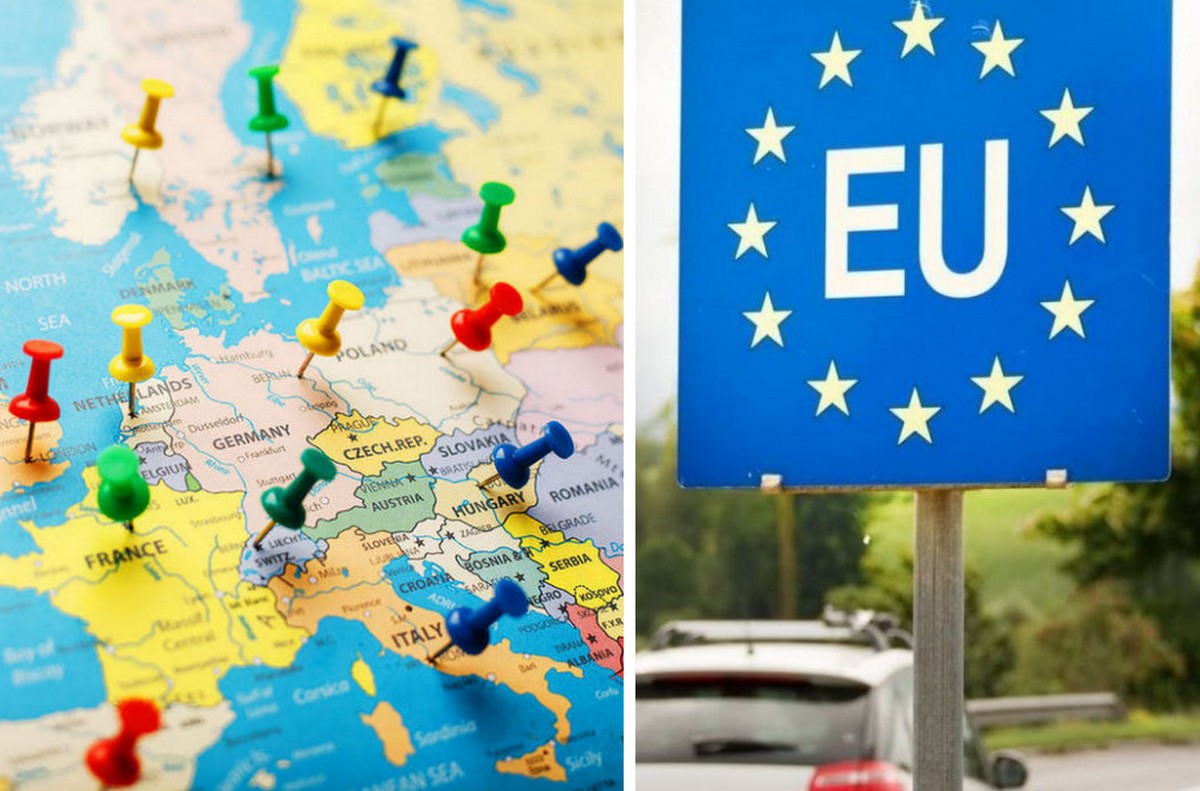
The long-awaited Entry/Exit System (EES) — a key EU border digitization project — has hit another roadblock. Officials at the Port of Dover confirmed that the launch of the system, scheduled for November 1, was suspended following directions from French authorities, despite full technical readiness.
The EES will collect biometric data (fingerprints and facial images) from travelers entering the Schengen area from non-EU countries. It aims to replace manual passport stamping and create a unified database tracking every entry, exit, and refusal across 29 European countries.
How the System Is Designed to Work
The EES applies to short-term visitors (up to 90 days within 180 days) traveling for tourism, business, or other non-visa purposes. Upon their first trip, travelers must provide biometrics, which will be stored in a centralized EU database and used for future crossings.
Passengers traveling from the UK to the EU via Dover Port, the Eurotunnel in Folkestone, or London St. Pancras will undergo EES checks on British territory before boarding ferries or trains.
However, the rollout for car passengers has been delayed at France’s request, while the system continues to operate for bus and freight traffic. Dover Port CEO Doug Bannister stated that local infrastructure is ready, but the port awaits clear instructions from French authorities.
“We’ve requested at least two weeks’ notice before activation to properly inform travelers and set up signage,” Bannister said.
Industry Concerns
The European Tourism Association (ETOA) described the phased rollout as “total confusion,” citing lack of clear communication and preparedness. Dover officials estimate that vehicle processing time could increase sixfold, from 60 seconds to up to six minutes per car.
Tourism leaders warn that if coordination issues persist, the 2025 high season could face severe bottlenecks at European borders. Privacy advocates have also raised concerns about data protection and potential technical malfunctions once the system handles millions of travelers daily.
The EES is part of the EU’s broader digital border modernization agenda, alongside the upcoming ETIAS electronic travel authorization, but repeated delays highlight ongoing readiness challenges across member states.